Table of Contents
What is Propagation:
Propagating plants is a rewarding endeavor that allows you to multiply your green companions and create thriving, lush spaces. Whether you’re a seasoned gardener or just starting out, understanding the various propagation techniques can open up a world of possibilities. In this guide, we’ll explore different methods, tips, and tricks to ensure successful plant propagation.
Methods of Propagating plants:
1.Seed Propagation: The Miracle of Life
Seeds hold the promise of new growth. Understanding the process of germination, from seed selection to nurturing young seedlings, is key to successful propagation. Here are some essential steps:
- Optimal Sowing Conditions: Provide the right environment – adequate moisture, light, and temperature – to kickstart germination.
- Transplanting Seedlings: Once seedlings have grown their first set of true leaves, carefully transplant them into individual containers.
- Selecting Quality Seeds: Choose seeds from healthy, robust plants. Look for reputable suppliers to ensure viability.
Examples: Vegetables, fruits, flower seeds
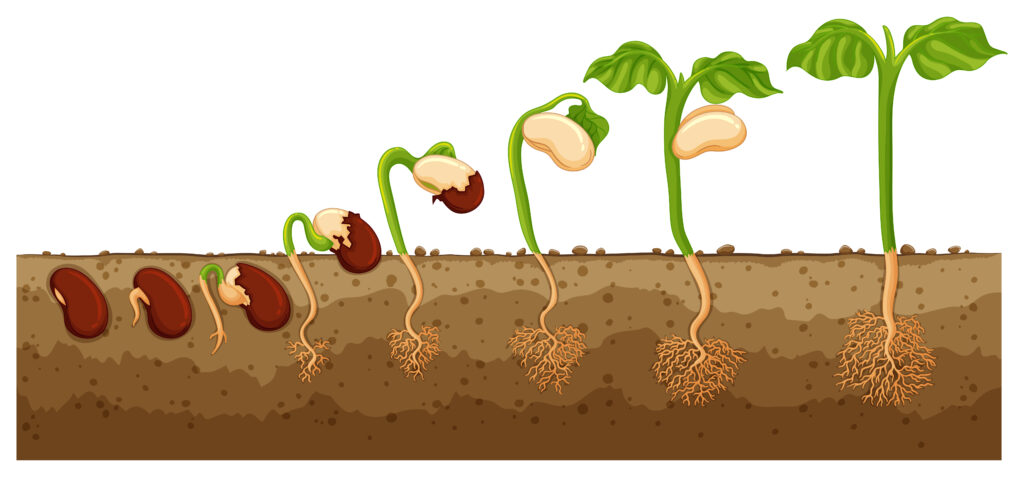
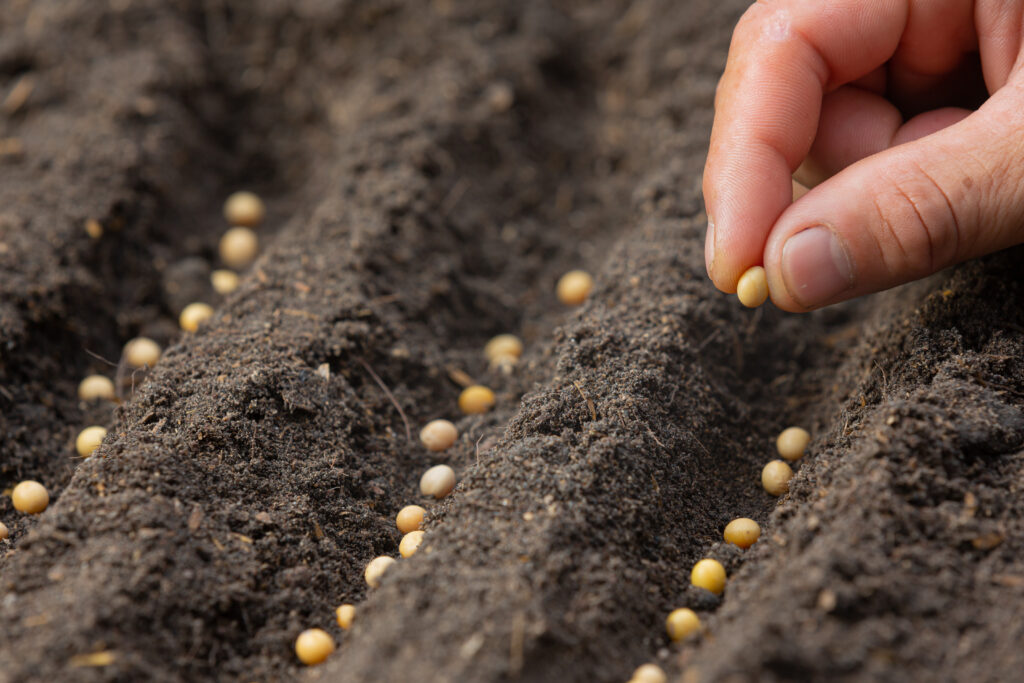
2.Cutting Propagation: Cloning Your Favorites
Taking cuttings from established plants is a popular and efficient way to propagate. Follow these steps for successful cutting propagation:
- Choosing the Right Cutting: Select a healthy, non-flowering stem with at least two leaf nodes.
- Preparation and Hormone Application: Trim the cutting just below a node and apply a rooting hormone to stimulate root growth.
- Rooting Medium and Conditions: Plant the cutting in a well-draining medium and maintain adequate humidity and light levels.
- Transplanting Rooted Cuttings: Once roots have developed, carefully transplant the new plant into its permanent home.
Examples: Rose, Chrysanthemum, Hibiscus, dragon fruit, flower plants, mint, crotons, jade, airpurifiers- pothos
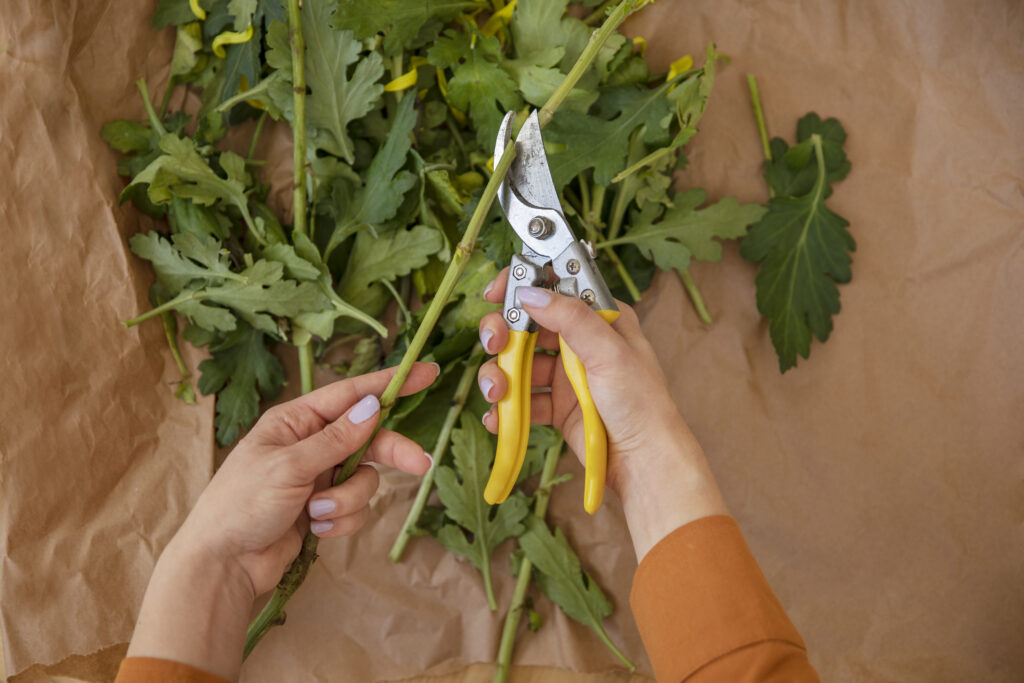
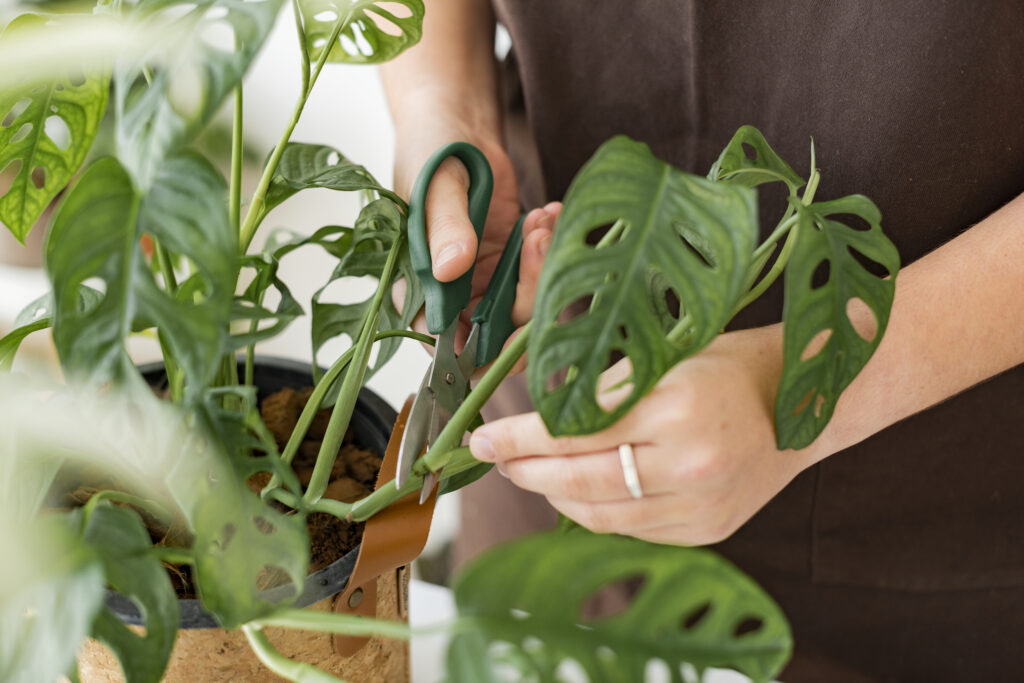
3. Division: Splitting for Success
Division Propagating plants is an excellent method for plants with multiple stems or bulbs. Here’s how to go about it:
- Choosing the Right Time: Spring or early fall is generally the best time for division when plants are actively growing.
- Separating the Plant: Gently tease apart the roots, ensuring each section has its own root system.
- Transplanting Divided Sections: Re-pot or plant the divided sections in suitable soil, and water thoroughly.
Examples: flowering bulbs-Lilly, snake plant, canes, crotons
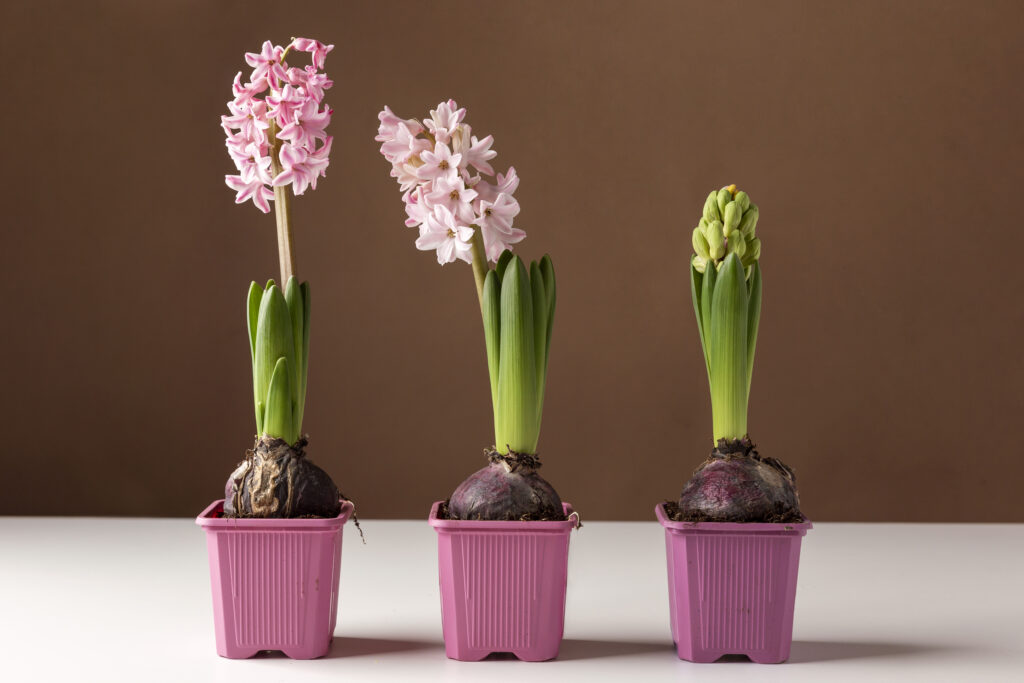
4. Layering: Nurturing New Growth While Tied to the Roots
Layering Propagating plants is a patient gardener’s secret to creating new plants from established ones. Commonly used for plants like climbing roses and select shrubs, layering offers a low-intervention, high-success method of propagation. Here’s how it’s done:
- Selecting the Stem: Identify a healthy, flexible stem on the parent plant that can be buried.
- Burying the Stem: Gently bury a portion of the selected stem in well-prepared soil while leaving a section exposed.
- Root Development: Provide consistent moisture and care, allowing the buried section to sprout roots.
- Separating the New Plant: Once roots have formed, carefully detach the new plant from the parent.
Examples: Rose, Strawberry, pothos, Betel plant
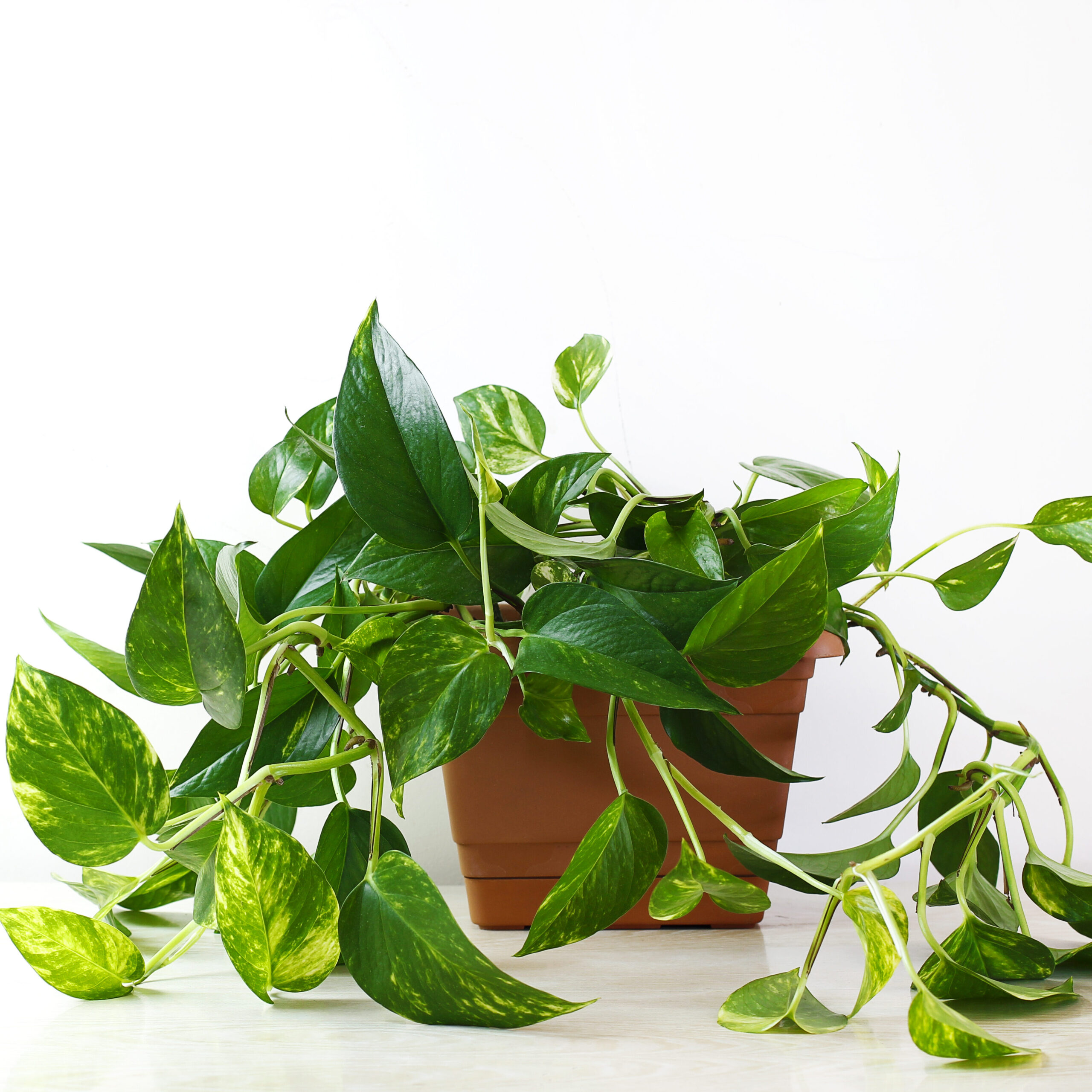
5.Grafting: Merging Strengths for Vigorous Growth
Grafting Propagating plants is a horticultural art that unites the desired characteristics of one plant with the established strength of another. Frequently used for fruit trees and ornamental plants, grafting is a powerful method to create unique combinations of desirable traits. Here’s how it’s achieved:
- Selecting Scion and Rootstock: Choose a healthy scion (desired plant variety) and a sturdy rootstock (often a hardier, established plant).
- Making the Graft: Using precise techniques, join the scion and rootstock together, ensuring a snug fit.
- Securing the Graft: Use grafting tape or a similar material to bind the union securely.
- Healing and Growth: Allow time for the graft to heal and the plants to merge their vascular systems.
Examples: Fruit plants, Flower plants-guava, mango, rose
6.Air Layering: Nurturing Independence in Hard-to-Root Plants
Air layering Propagating plants is a specialized technique for plants that prove challenging to root through conventional means. Utilized for plants with stubborn rooting habits, air layering offers a specialized approach to propagation. Here’s how it’s done:
- Selecting the Section: Identify a mature plant section with potential for new growth.
- Creating the Enclosure: Enclose the chosen section with a ball of moistened sphagnum moss or a similar medium.
- Encouraging Root Growth: Provide consistent care and monitor progress as roots begin to form within the enclosed area.
- Detaching the New Plant: Once a healthy root system has developed, carefully separate the new plant from the parent.
Examples: Fruits plants – Papaya, Guava
7.Budding: Cultivating New Growth Through Grafting
Budding Propagating plants is a specialized form of grafting that involves attaching a single bud, rather than a scion with multiple buds, to the rootstock. This technique is commonly used for fruit trees and ornamental plants. Here’s how budding is accomplished:
- Selecting the Bud: Choose a healthy, dormant bud from the desired plant variety, ensuring it is mature and free from disease.
- T-Budding Technique: Make a T-shaped incision on the rootstock, carefully lifting the bark.
- Inserting the Bud: Gently insert the prepared bud into the T-shaped cut, ensuring it fits snugly.
- Sealing the Bud Union: Secure the bud in place using budding tape or rubber bands, then seal the union with grafting wax or a similar protective substance.
- Monitoring Growth: Keep a close eye on the bud for signs of successful grafting, such as new growth and integration with the rootstock.
- Budding allows for precise control over the traits of the resulting plant and is particularly effective for plants with specific characteristics or those that are challenging to propagate by other means. With practice and patience, budding can be a highly successful method of propagation in the horticultural toolkit. Happy budding!
Examples: Cherry, citrus fruits, ornamental plants, peach, apple, plums
8.Leaf Propagation:
Leaf Propagating plants is a fascinating and accessible method to expand your plant collection. It allows you to create new plants from individual leaves, making it an ideal technique for succulents and certain houseplants. In this guide, we’ll explore the step-by-step process of successful leaf propagation.
- Selecting the Perfect Leaf: Healthy, Mature Leaves: Select leaves that are plump, undamaged, and free from pests or diseases.
- Clean Cut: Use a sharp, clean knife or scissors to cleanly remove the leaf from the parent plant. Well Drained Soil and Container.
- Inserting the Leaf: Gently bury the callused end of the leaf in the soil, ensuring it makes good contact with the medium.
- Lightly Watering
Examples: Succulents, Air purifier
Related Posts:
Conclusion:
Propagating plants is an art that combines science and patience. By mastering these techniques, you’ll not only expand your garden but also deepen your connection with the natural world. Remember, each plant is unique, so observe and adapt to their specific needs. Happy propagating!
